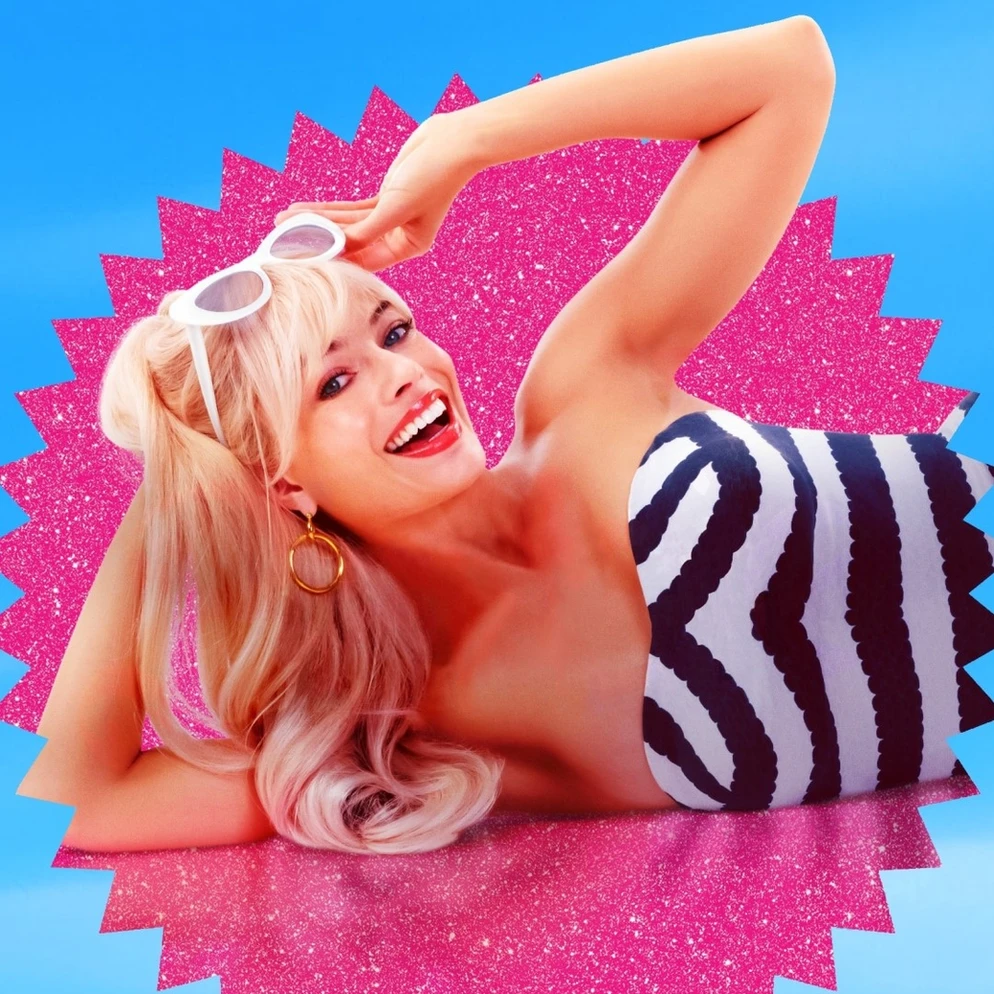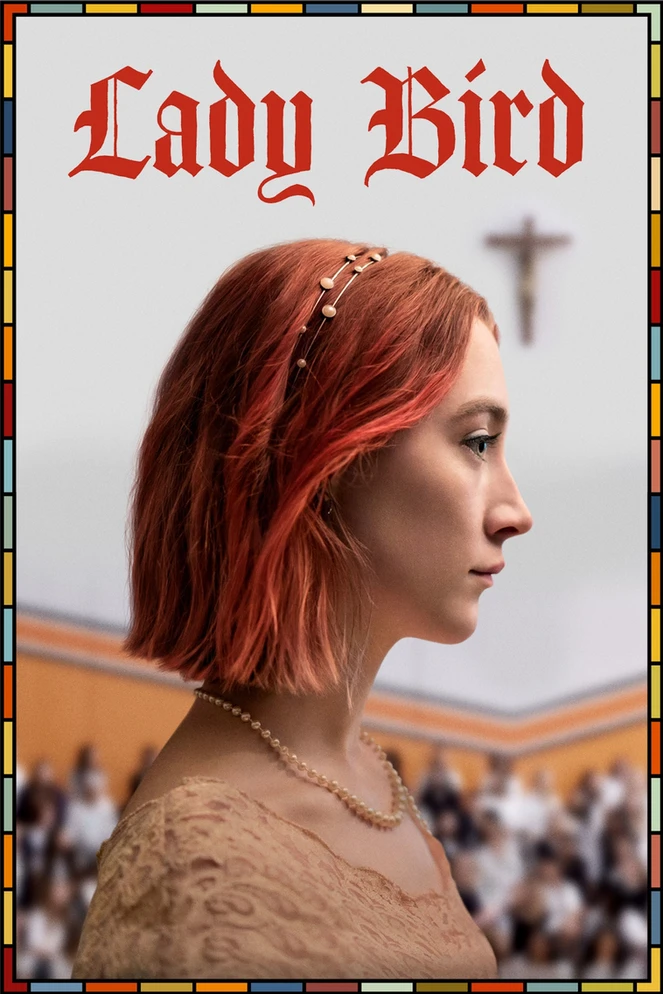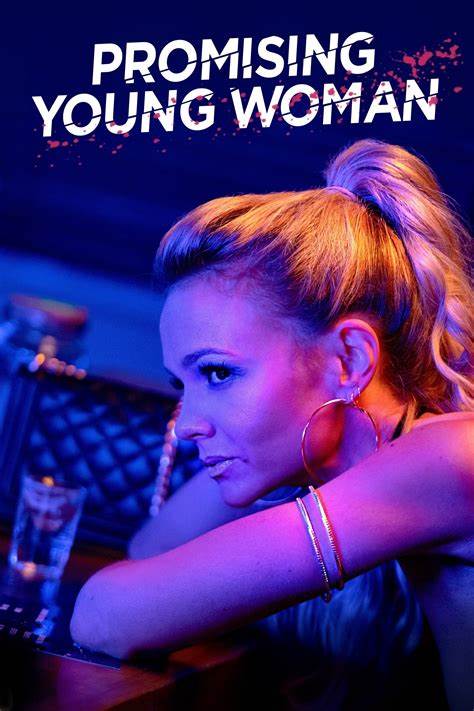
“Barbie” (2023), directed by Greta Gerwig, is a modern take on Adam and Eve with a twist: Barbie came before Ken. They both live in the pink paradise known as Barbieland until things go awry. Both Barbie and Ken have to leave their paradise to return order into Barbieland. Even though Gerwig’s doll-themed box office hit has been coined a feminist triumph, how feminist is “Barbie”?
WARNING: SPOILERS AHEAD!
Synopsis
Our central protagonist is Stereotypical Barbie, played by Margot Robbie, who represents the type of Barbie doll that was predominantly tall, thin, and blonde. She lives in Barbieland, along with other variations of Barbie with different careers. There are also variations of Ken and a single Alan (yes, only one) played by Michael Cera.
After sudden intrusive thoughts of death, Stereotypical Barbie seeks out the residential malfunction fixer, Weird Barbie, played by Kate McKinnon, for guidance. Stereotypical Barbie is scared of being sad, mushy, and complicated. Reluctantly, Stereotypical Barbie agrees to go into the real world to find the girl that is playing with her and fix the “girl and doll membrane,” a concept defining the relationship between a child and their doll. For this adventure, Stereotypical Ken, played by Ryan Gosling, tags along. After multiple arrests, catcalling, misunderstandings, an emerging feeling of self-consciousness, Stereotypical Barbie is found by Mattel executives who plan to send her back to Barbieland. They persuade her to get into a Barbie box. Seems like the end for Stereotypical Barbie, right? Wrong. She escapes! Stereotypical Barbie is saved by Gloria, played by America Ferreira, who is a real-life human who is also a mother and Mattel employee. Sereotypical Barbie realizes that the girl that has been playing with her doll is in fact this Gloria—not a child as she expected.
Meanwhile, Ken introduces patriarchy into Barbieland, which he assumes is men and horses ruling everything. The Barbies, not knowing any better, serve the Kens and seem to forget who they were before the new patriarchal structure. After discussing the burden that patriarchy places on women, the Barbies start remembering who they were and strategize a way to take back Barbieland: by making the Kens fight each other. And the plan worked. The Barbies take back Barbieland just in time for Stereotypical Barbie to return.
In review: How representative is “Barbie” (2023)?
Although the movies is aesthetically pleasing and it’s written with a mature tone that carries humor, wit, and self-awareness, there is a glaring lack of representative intersectionality specifically as it relates to feminism. Most of the Barbies in Barbieland are thin and predominantly white presenting or American. For example, the Barbies in the movie exclusively speak English and none of the dolls have accents. There are no openly queer or LGBTQIA+ identifying Barbies even though McKinnon, the only openly queer actress in the film, plays Weird Barbie.
The value of intersectionality lies in the movie’s central theme: how patriarchal and societal expectations affect us all. Intersectionality is the concept that an individual can be treated differently based on a combination of characteristics or identities. For example, women in general may be treated a certain way but classifications of women may be discriminated at a greater rate such as queer women, Black women, or disabled women. It’s important to consider intersectionality especially in the context of feminism.
Existing should be enough. This quote from Stereotypical Barbie sums it best: “Men look at me like an object and women hate me.” Visibility in representation is critical in the movie industry because it interrupts the social consciousness of such expectations based on who we are. In other words, when we include characters with varying races, ethnicities, national origins, and sizes, we are destroying the idea that only cisgender, white women can be successful. When a child sees someone who looks like them being successful and happy, it affirms the belief that they are seen and are not a token for ridicule or entertainment. They just exist. The “Barbie” (2023) film speaks to the importance of representation for women but does not expand beyond into the importance of intersectionality in representation.
Despite this, it is a movie worth watching. This movie was intended for all audiences to understand the complexities, isolation, and sense of entitlement that the patriarchy can force upon us all. “Barbie” (2023) played it safe and accommodated to viewers of the masses by not diving too deep into the intersectional struggles that certain categories of women face. If anything, this film appears to uplift safe, color-blind, and whitewashed feminism.
Iconic quotes from this movie:
“Ideas live forever. Humans, not so much.”
“Mothers stand still so their daughters can turn around and see how far they’ve come.”
“If you can’t make it perfect, make it better.”
Other movie recommendations:






